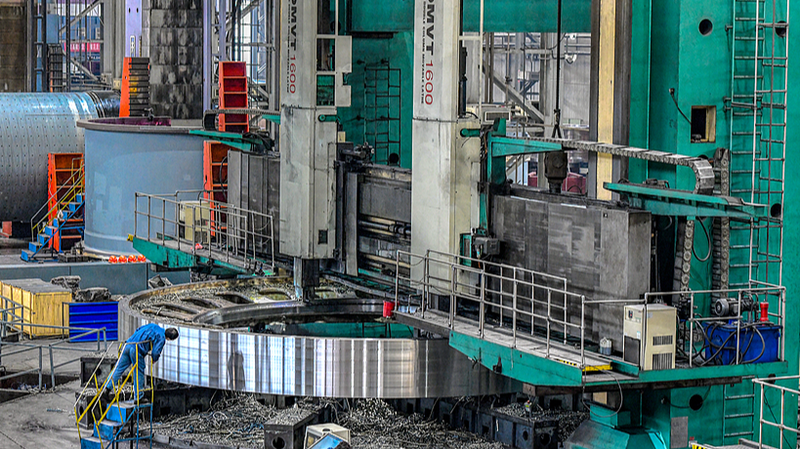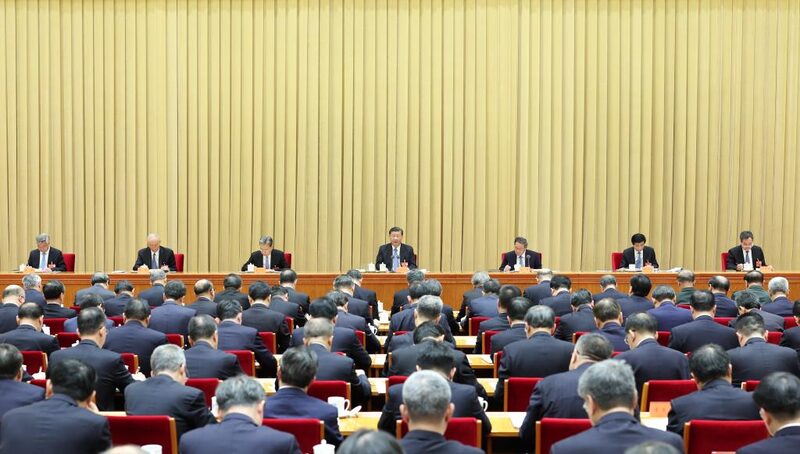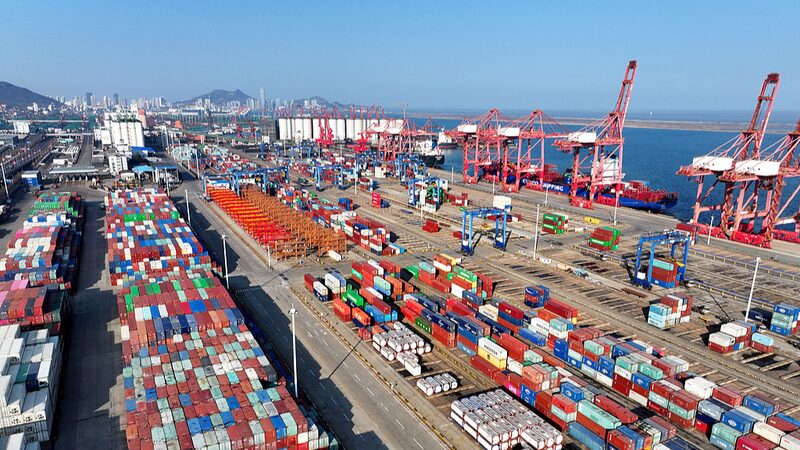As global supply chains strain and geopolitical tensions reshape markets, China is doubling down on high-quality development to anchor its economy. By prioritizing innovation, domestic demand, and strategic self-reliance, the country aims to insulate itself from external shocks while maintaining global competitiveness.
Innovation as a Shield Against Uncertainty
President Xi Jinping’s recent visit to Luoyang Bearing Group (LYC) highlighted China’s industrial transformation. Once dependent on low-end manufacturing, LYC now derives 70% of its output from high-precision bearings used in aerospace and robotics. This shift mirrors broader efforts to reduce reliance on foreign technology, exemplified by breakthroughs in semiconductor production by firms like SMIC and HiSilicon amid U.S. export restrictions.
External challenges, such as the Wolf Amendment limiting space collaboration, have accelerated homegrown innovation. China’s Tiangong space station and C919 passenger jet underscore its commitment to self-reliance, while advancements in defense technology showcased at recent military parades signal growing industrial prowess.
Harnessing Domestic Strengths
With 1.4 billion consumers driving $6.79 trillion in annual retail sales, China’s domestic market remains a critical buffer against global volatility. The "dual circulation" strategy leverages this demand while sustaining international trade ties. In Zhejiang’s Yiwu Market – the world’s largest small commodities hub – exporters are pivoting to branded products and emerging markets to counter tariff impacts.
Regional supply chain networks further bolster resilience. Shenzhen’s drone manufacturers, for instance, source components within a 50-kilometer radius, enabling companies like DJI to dominate 70% of the global consumer drone market.
Dual Circulation in Action
Policy initiatives like appliance and vehicle trade-in programs have injected billions into domestic consumption. Meanwhile, targeted investments in AI, green energy, and advanced manufacturing aim to create sustainable growth engines. As Chinese firms balance global integration with strategic autonomy, their adaptability continues to redefine Asia’s economic landscape.
Reference(s):
China's high-quality development: Certainty amid uncertain times
cgtn.com








